It seemed crazy once upon a time that the 759-page Harry Potter and The Lusty Busty Babe-a-que (2008) full moviethe Deathly Hallows would be split into two movies. Years later, the positively dainty Potter companion textbook Fantastic Beasts and Where to Find Thembecame not one, not three, but five movies, the first of which is finally arriving on Nov. 18.
J.K. Rowling published Fantastic Beasts and Where to Find Them and Quidditch Through the Agesin a box set released by Scholastic and Bloomsbury in 2001 (the same year the the first movie premiered -- between books Goblet of Fire and Order of the Phoenix). All proceeds went to Comic Relief.
With less than a week until Fantastic Beasts hits theaters, Mashable decided to go back to the source and do our Hogwarts summer reading before heading to the movies.
The book contains a foreword by Albus Dumbledore and an introduction by the author himself, Newt Scamander. What follows is a catalog of magical creatures, but the material also provides plenty of fodder for speculation -- one thing Potter fans can't get enough of.
The "About the Author" section of Fantastic Beastsmakes no mention of Newt Scamander's stint across the pond -- we don't know whether it was forgotten or expunged from British wizarding history.
Or, you know, maybe J.K. Rowling just hadn't thought of it yet.
Speaking of things J.K. Rowling hadn't thought of, the Fantastic Beastsintroduction explicitly states that its author graduated from Hogwarts -- but we've since learned that he was expelled for introducing a magical beast into a setting where it endangered human lives.
 Original image has been replaced. Credit: Mashable
Original image has been replaced. Credit: Mashable Newt's biography in Fantastic Beastsdoes mention that he lives in Dorset with his wife Porpentina, A.K.A. Tina Goldstein (Katherine Waterston), who he'll meet in the first film. Also, they have pet kneazles, which are the most adorable -- if chaotic -- creatures promised in the film's menagerie.
In the introduction, Newt declares that Fantastic Beasts and Where to Find Them"represents the fruit of many years' travel and research" in a hundred countries and across five continents. That's also the same number of continents as have magical communities big enough to merit a school (if you're keeping track with Pottermore), which presents a thrilling opportunity to look at international wizardry over the five-film franchise.
 Original image has been replaced. Credit: Mashable
Original image has been replaced. Credit: Mashable Bathilda Bagshot was first introduced in the Harry Potter series as the author of A History of Magic, a quintessential text in the Hogwarts curriculum. In Deathly Hallows, we learn that she knew Dumbledore's family closely and introduced him to her great-nephew: Gellert Grindelwald.
We know Grindelwald will be a key player in the Fantastic Beastsfilms, and that Newt knew Albus Dumbledore. He cites Bagshot several times in the Fantastic Beastsintroduction and A History of Magic came out 20 years later -- what other history did Bathilda witness in those years?
Each wizarding governing body will be responsible for the concealment, care, and control of all magical beasts, beings, and spirits dwelling within its territory's borders. Should any such creature cause harm to, or draw the notice of, the Muggle community, that nation's wizarding governing body will be subject to discipline by the International Confederation of Wizards.
So that'swhy the MACUSA is so terrified by Newt's escaped magical creatures! Well, that and the fact that American wizards are far more secretive and fearful at this time than British ones, and the fact that some of the creatures are legitimately dangerous and life-threatening.
The paragraph that follows acknowledges "occasional breaches of Clause 73" while hilariously omitting Newt's own turbulent past with it -- again, this is because Rowling published Fantastic Beastsin 2001, but the thought of an adult Newt Scamander firmly looking in the other direction when asked about his trip to New York is kind of hilarious.
Remember these? Mad-Eye Moody used one to conceal Harry from sight in the third chapter of Order of the Phoenix, but Rowling snuck them into Fantastic Beaststwo years before that. Scamander's introduction describes the charm as a measure to distort the vision of Muggles so they don't spot magical creatures (or, you know, Harry Potter).
They're also highly similar to how the Demiguise camouflages itself in the wild...which may or may not come up in the film.
Topics Books Harry Potter
(Editor: {typename type="name"/})
 NYT Connections Sports Edition hints and answers for May 19: Tips to solve Connections #238
NYT Connections Sports Edition hints and answers for May 19: Tips to solve Connections #238
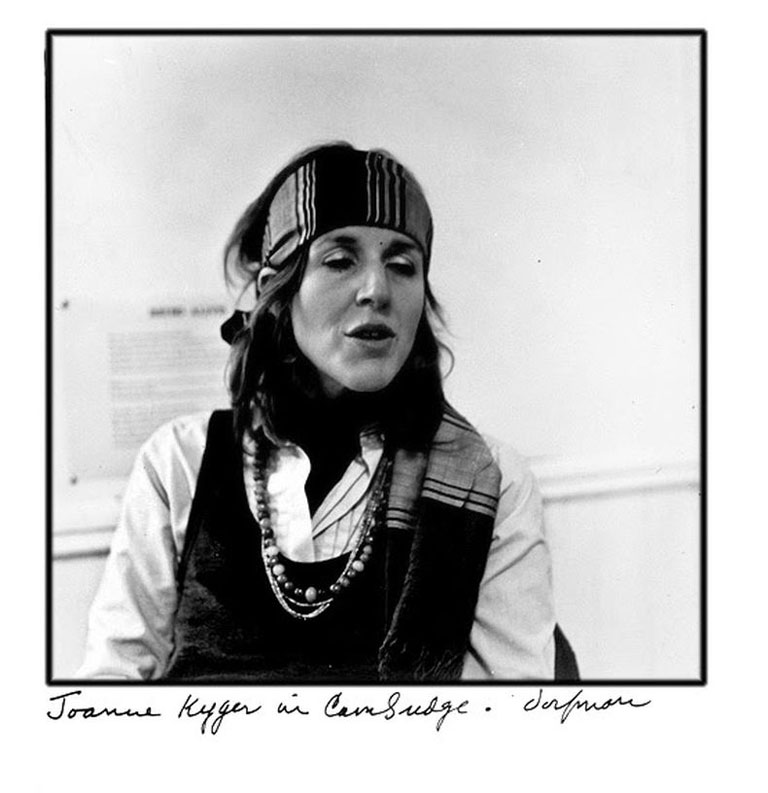 Remembering Joanne Kyger (1934
Remembering Joanne Kyger (1934
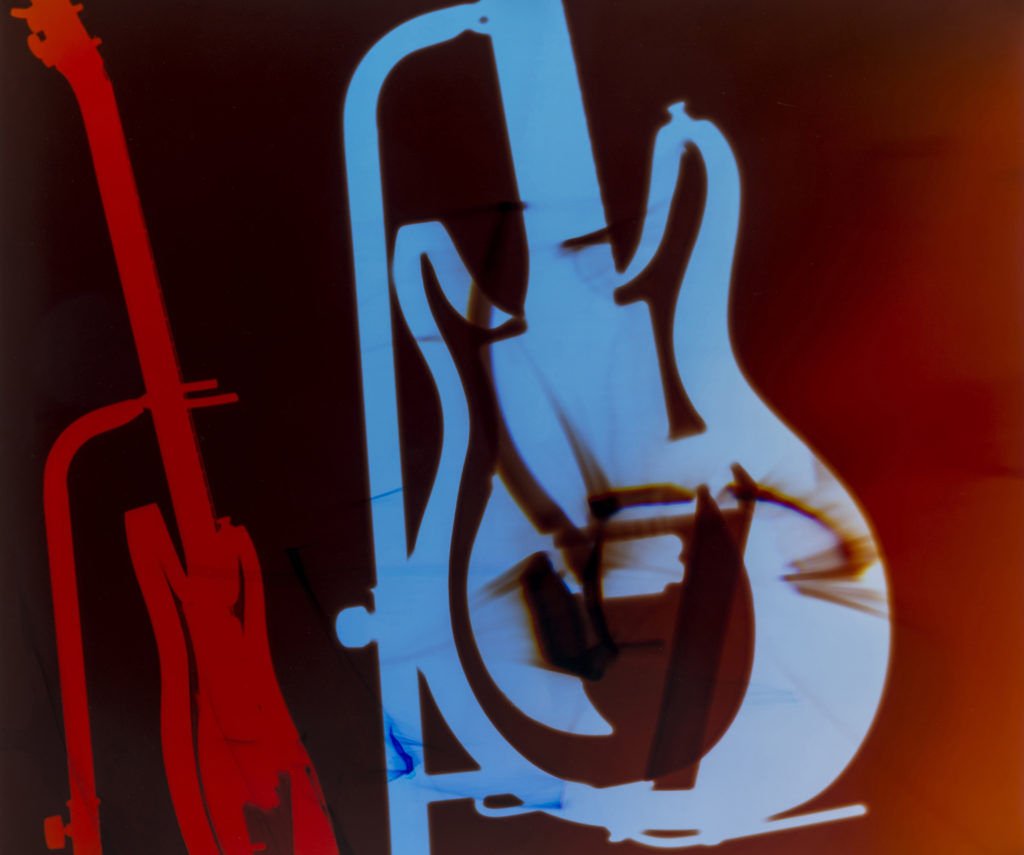 The Poetry of Pop: Nine Poets on Their Favorite Song Lyrics
The Poetry of Pop: Nine Poets on Their Favorite Song Lyrics
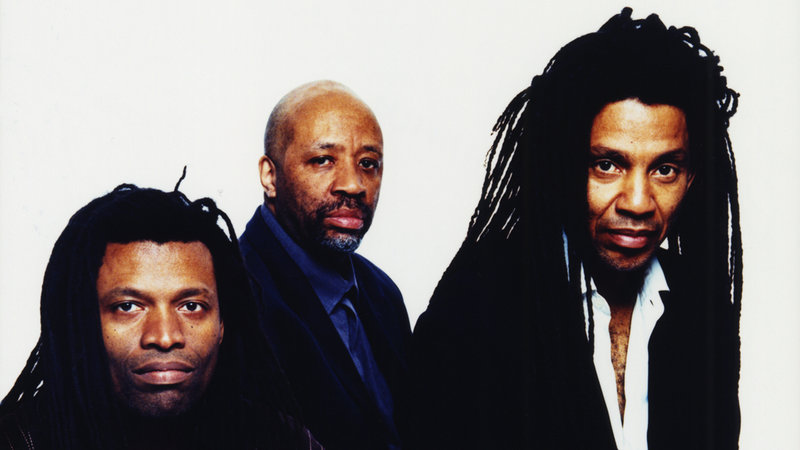 On Harriet Tubman, “Ugly Beauty,” and the Avant
On Harriet Tubman, “Ugly Beauty,” and the Avant
 A Typical Wall Street Republican
A Typical Wall Street Republican
Best earbuds deal: Save 20% on Soundcore Sport X20 by Anker
 SAVE OVER $10:As of April 25, the Soundcore Sport X20 by Anker earbuds are on sale for $63.99 at Ama
...[Details]
SAVE OVER $10:As of April 25, the Soundcore Sport X20 by Anker earbuds are on sale for $63.99 at Ama
...[Details]
Whiting Awards 2017: Lisa Halliday, Fiction
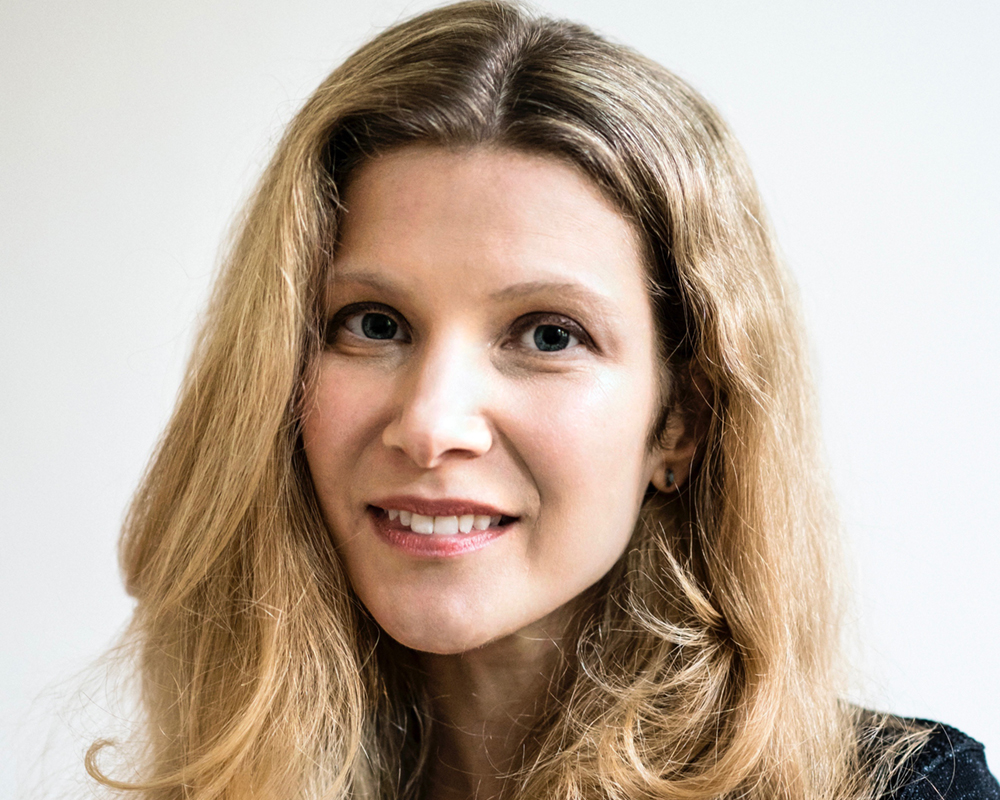 Lisa Halliday, FictionBy Whiting HonoreesMarch 22, 2017Whiting Awards 2017Lisa Halliday. Photo by Vi
...[Details]
Lisa Halliday, FictionBy Whiting HonoreesMarch 22, 2017Whiting Awards 2017Lisa Halliday. Photo by Vi
...[Details]
Anyone Can Tell You Penn Station Is Awful—It Takes a Writer to Show It
 This Is the Concourse to Hell, and Other NewsBy Dan PiepenbringMarch 30, 2017On the ShelfTrain to et
...[Details]
This Is the Concourse to Hell, and Other NewsBy Dan PiepenbringMarch 30, 2017On the ShelfTrain to et
...[Details]
Billy Joel’s “Miami 2017” Is Even More Depressing Than We Thought
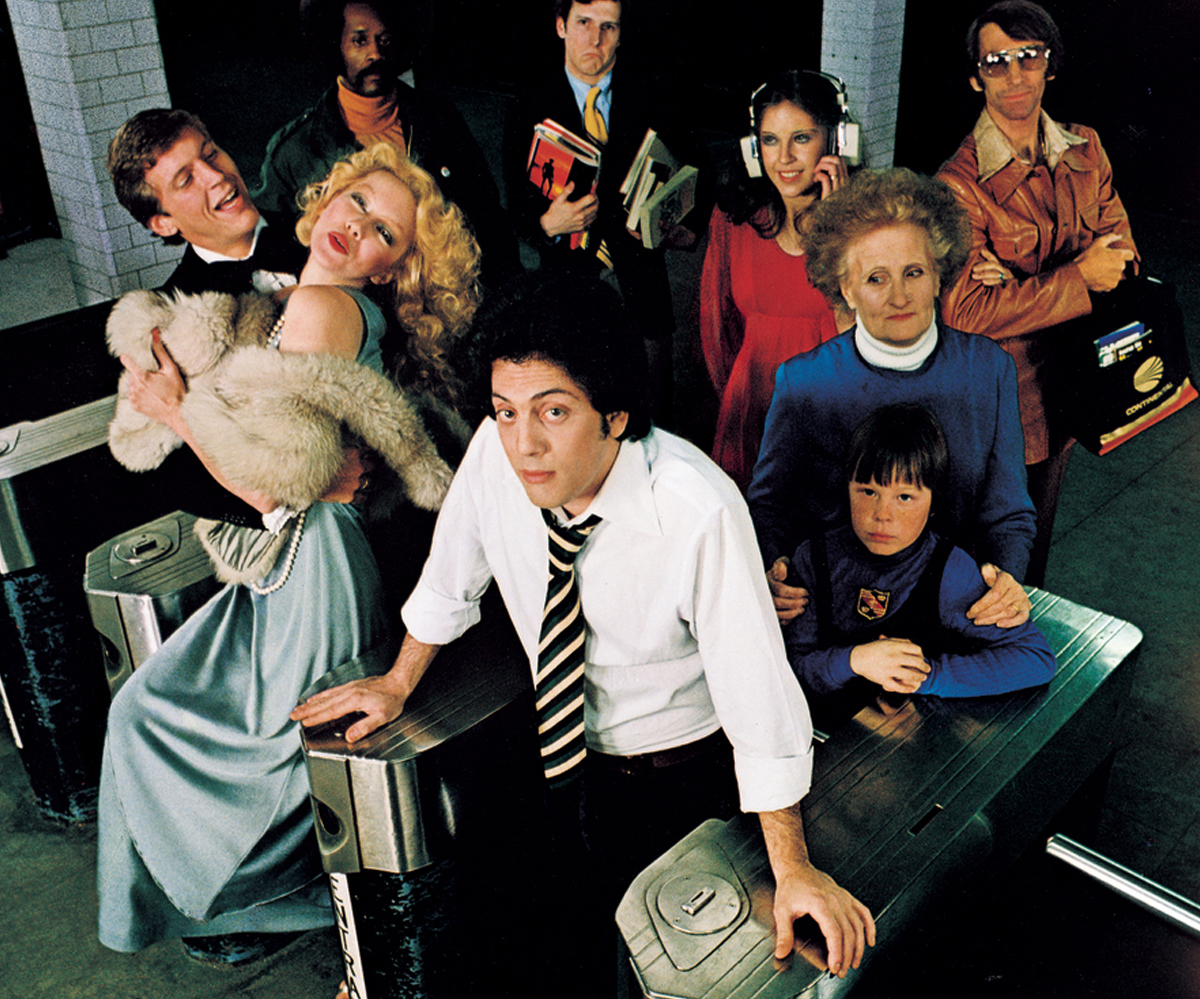 Miami 2017By Dan PiepenbringJanuary 4, 2017On MusicFrom the cover of Turnstiles, on which “Miami 201
...[Details]
Miami 2017By Dan PiepenbringJanuary 4, 2017On MusicFrom the cover of Turnstiles, on which “Miami 201
...[Details]
Creator job opportunities grew 7x in recent years [April 2025]
![Creator job opportunities grew 7x in recent years [April 2025]](http://n.sinaimg.cn/news/transform/200/w600h400/20180617/wp4p-hcyszsa7024303.jpg) If you want to be a creator, I have great news for you: There are plenty of jobs.Creators are now th
...[Details]
If you want to be a creator, I have great news for you: There are plenty of jobs.Creators are now th
...[Details]
Kiki Smith: “Portraits, Celestial Bodies, and Fairy Tales”
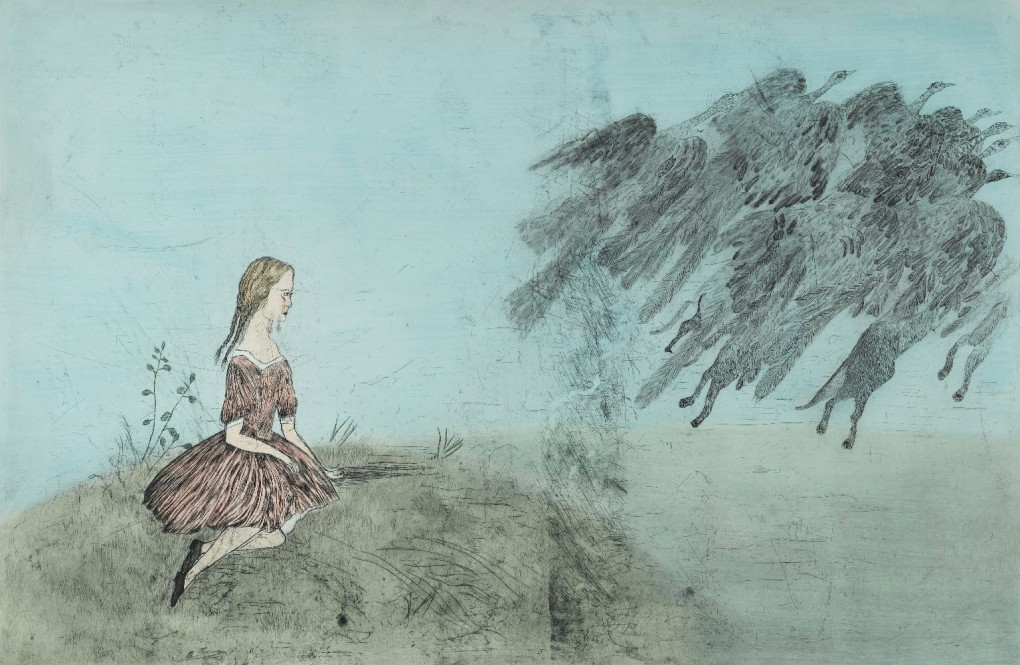 Portraits, Celestial Bodies, and Fairy TalesBy Dan PiepenbringMarch 22, 2017Look“Portraits, Celestia
...[Details]
Portraits, Celestial Bodies, and Fairy TalesBy Dan PiepenbringMarch 22, 2017Look“Portraits, Celestia
...[Details]
Sky Burial: How My First Date in Forty Years Ended in Disaster
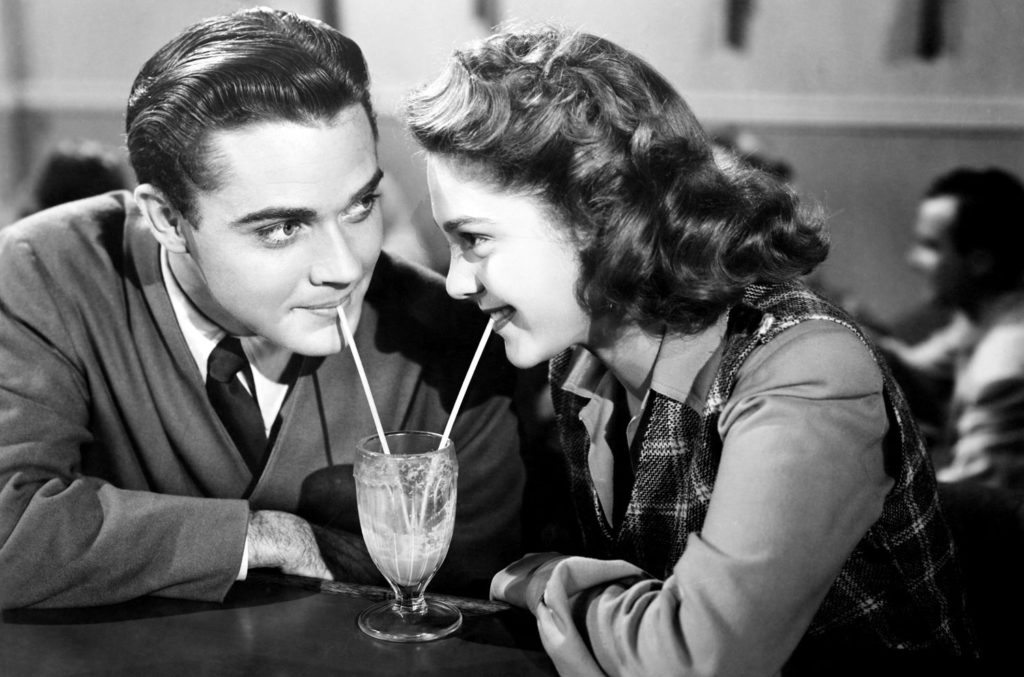 Second First DateBy Jane SternMarch 20, 2017Our CorrespondentsI had my first date when I was fourtee
...[Details]
Second First DateBy Jane SternMarch 20, 2017Our CorrespondentsI had my first date when I was fourtee
...[Details]
Yevgeny Yevtushenko, “Olympic Champion of Poetry”
 Sometimes Poets Are Successful, and Other NewsBy Dan PiepenbringApril 3, 2017On the ShelfYevtushenko
...[Details]
Sometimes Poets Are Successful, and Other NewsBy Dan PiepenbringApril 3, 2017On the ShelfYevtushenko
...[Details]
Alienware M16 Gaming Laptop deal: Save $560
 GET $560 OFF:Apr. 14th, the Alienware M16 240Hz AMD Ryzen 9 7000 16GB RAM RTX 4080 1TB SSD Gaming La
...[Details]
GET $560 OFF:Apr. 14th, the Alienware M16 240Hz AMD Ryzen 9 7000 16GB RAM RTX 4080 1TB SSD Gaming La
...[Details]
Someone Stole the World’s Largest Gold Coin—Let’s Do It Again
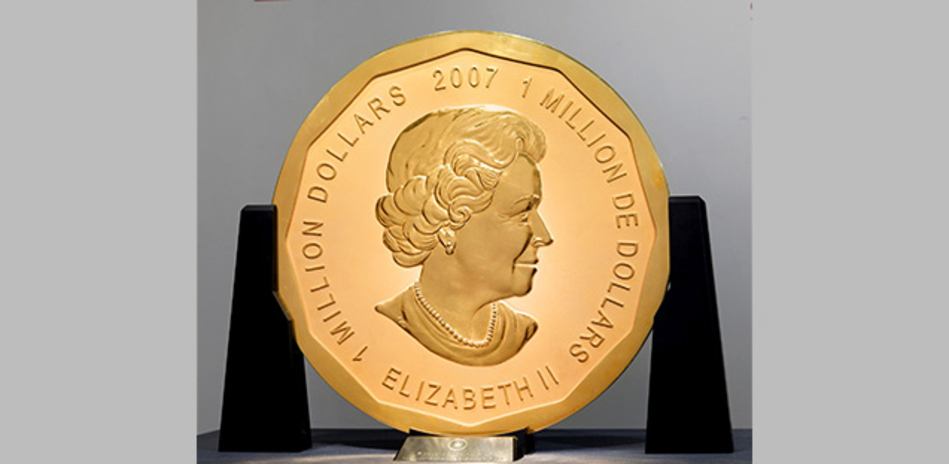 Steal This Coin, and Other NewsBy Dan PiepenbringMarch 28, 2017On the ShelfI bet you can pick it up
...[Details]
Steal This Coin, and Other NewsBy Dan PiepenbringMarch 28, 2017On the ShelfI bet you can pick it up
...[Details]
Best IPL deal: Save $80 on Braun IPL Silk·Expert

My Dogs Eat Better Than I Do, and I’m Okay with That
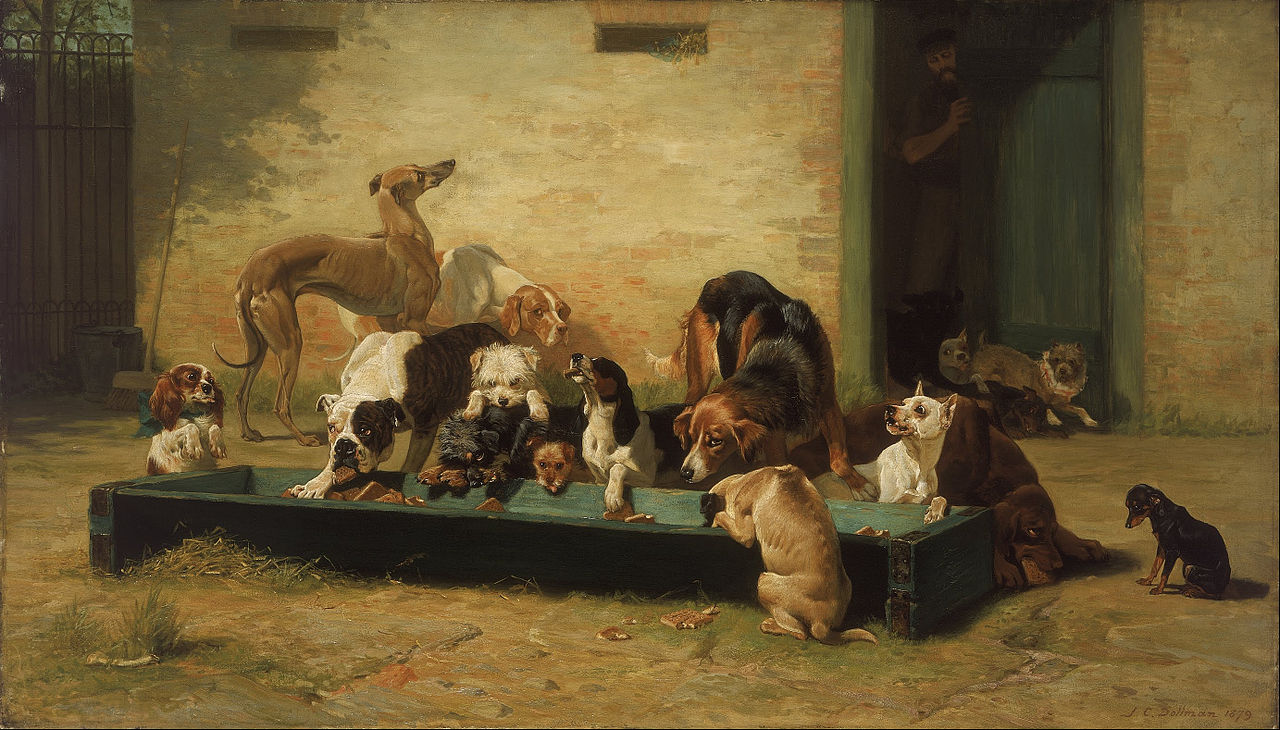
接受PR>=1、BR>=1,流量相当,内容相关类链接。